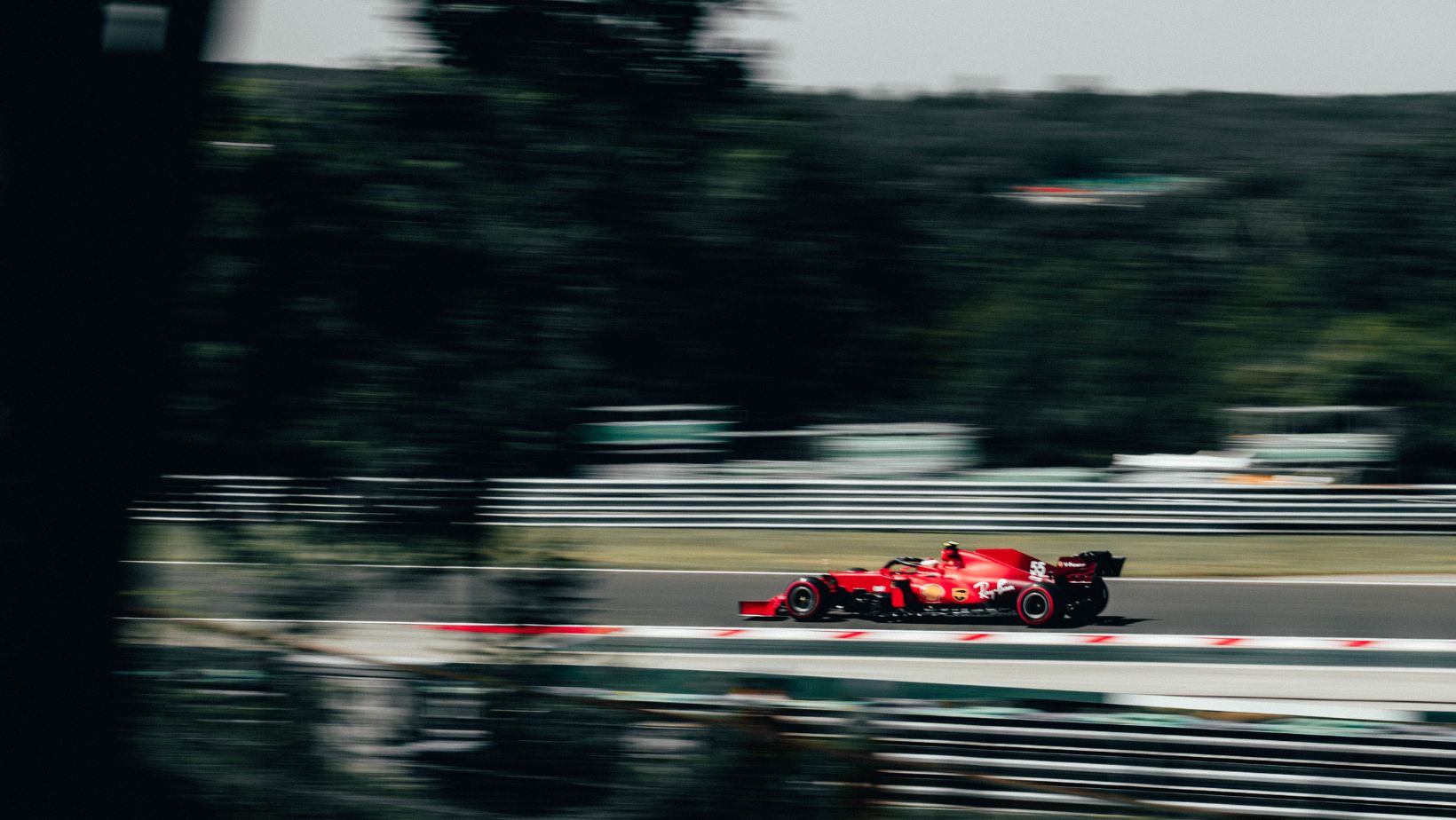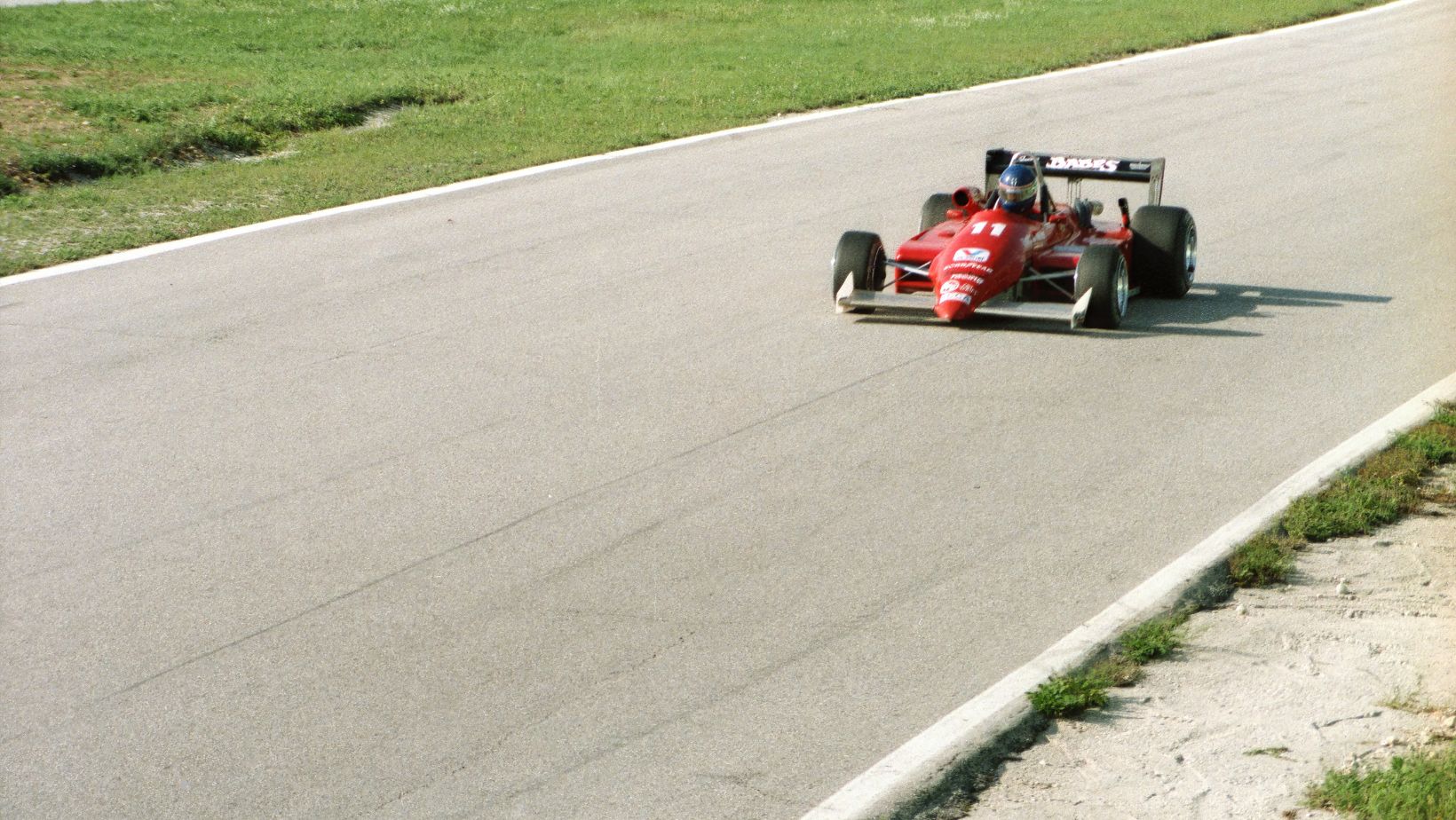While raw speed is crucial in Formula 1, races are often won not by the fastest car, but through brilliant strategy, turning each Grand Prix into a game of high-speed chess. This is a real-world application of game theory, where every decision on pit stops, tires, and overtakes is a calculated risk based on the predicted actions of rival teams.
The Three Pillars of F1 Strategy
Mastering Formula 1 strategy is like juggling three critical elements at over 200 mph. The team on the pit wall must constantly balance the trade-offs between tire performance, the timing of pit stops, and the all-important value of track position. The race is won or lost based on how these three variables are managed.
Tires: The Grip and the Gamble
At the heart of every F1 strategy lies the tire. F1 tires are engineered for incredible performance, but this comes at the cost of rapid degradation. For each race, teams have a selection of tire compounds, typically soft, medium, and hard.

- Think of the soft tire as a sprinter: it’s incredibly fast and offers maximum grip but wears out very quickly.
- The hard tire is a marathon runner: it’s much more durable and can last for many laps but offers significantly less grip and speed.
- The medium tire offers a balance between the two.
The core strategic gamble of any Grand Prix is deciding how to sequence these compounds to extract the maximum performance over the race distance. This decision mirrors the classic risk-versus-reward dilemma found in any high-stakes strategic environment, from a Formula 1 pit wall to a competitive game table at ICECasino, where choosing the right approach at the outset is critical to success.
Pit Stops: The 25-Second Reset
Because tires wear out, drivers must make at least one pit stop during a dry race to change them. This is the moment of greatest strategic opportunity and risk. A full pit stop, from entering the pit lane to exiting it, costs a driver a massive chunk of time—typically 20 to 25 seconds. This time penalty is so significant that the entire race strategy is often built around minimizing the number of stops and timing them to perfection. Pitting at the right moment can win a race; pitting at the wrong one can ruin it.
Track Position: The King of All Variables
In many ways, track position is the most valuable currency in F1. Modern F1 cars generate so much aerodynamic turbulence (“dirty air”) that it is incredibly difficult for a following car to get close enough to overtake, even if it is significantly faster. Therefore, being physically in front of a rival is a massive advantage. A slower car can often hold a faster car behind it for many laps, causing the faster car’s tires to overheat and wear out. This is why teams will go to great lengths to gain track position through strategy rather than risking a difficult on-track battle.
High-Speed Chess: The Undercut vs. The Overcut
With these three variables in mind, the pit wall plays a high-stakes game of chess against its rivals. Their two primary strategic moves to gain track position without an on-track overtake are the “undercut” and the “overcut.”
The undercut is the most common offensive strategy in F1. It’s a powerful move designed to get a driver ahead of a car they are closely following.
- The Move: The following driver pits before their rival.
- The Advantage: They emerge from the pits on fresh, fast tires. For the next one or two laps (the “out-lap” and the following lap), they can drive at maximum speed, while their rival must continue circulating on older, slower tires.
- The Result: The time gained during these crucial laps is often enough for the driver who pitted first to be ahead when the rival completes their own pit stop a lap or two later.
- The Risk: Pitting early means you have a longer final stint. This can leave you vulnerable at the end of the race as your tires will be more worn out than those of your rivals.
The overcut is a less common, more defensive or opportunistic strategy. It works on the opposite principle of the undercut.
- The Move: The lead driver stays out on track after their rival has pitted.
- The Advantage: This strategy is effective on tracks where it’s hard to warm up new tires, or if the pitting car emerges into heavy traffic. The driver who stays out can use the “clear air” in front of them to push hard on their older tires for a few more laps.
- The Result: If they can build a sufficient time gap, they can then make their own pit stop and emerge still ahead of their rival.
- The Risk: This is a dangerous game. If the old tires degrade too suddenly (“fall off the cliff”), the driver can lose a massive amount of time in a single lap, completely negating the strategy and losing track position.
The constant calculation of whether to undercut or overcut, factoring in tire wear, potential traffic, and a rival’s likely response, is the invisible race that so often determines the visible outcome. It is what makes Formula 1 a captivating blend of raw speed and intellectual rigor.
A Game Theory Matrix: The Pit Stop Dilemma
Imagine two rival cars, Car A and Car B, running close together. Car A’s team must decide whether to pit or stay out. Their decision depends on what they think Car B will do in response.
| Car B Pits (in response) | Car B Stays Out | |
| Car A Pits (Undercut attempt) | Neutral Outcome: Both cars pit, relative positions likely maintained. | Best Outcome for A: Undercut successful, Car A gains track position. |
| Car A Stays Out | Worst Outcome for A: Car B’s undercut is successful, Car A loses track position. | Neutral Outcome: Both cars stay out, status quo maintained for another lap. |
As the matrix shows, pitting is often the dominant strategy as it offers a potential gain while staying out offers a potential loss. This is why you often see a chain reaction of pit stops in a race, as teams react to protect themselves from the undercut.

Formula 1 is a sport of visible and invisible races. The visible race is the one we see on track—the daring overtakes and the wheel-to-wheel battles. But the invisible race, the one fought on computer screens on the pit wall with data, simulations, and game theory, is often the one that truly decides the winner. It is a relentless, high-pressure intellectual contest where victory is not just about being the fastest, but about being the smartest. Understanding this strategic depth transforms the viewing experience from a simple motor race into a captivating game of high-speed chess.